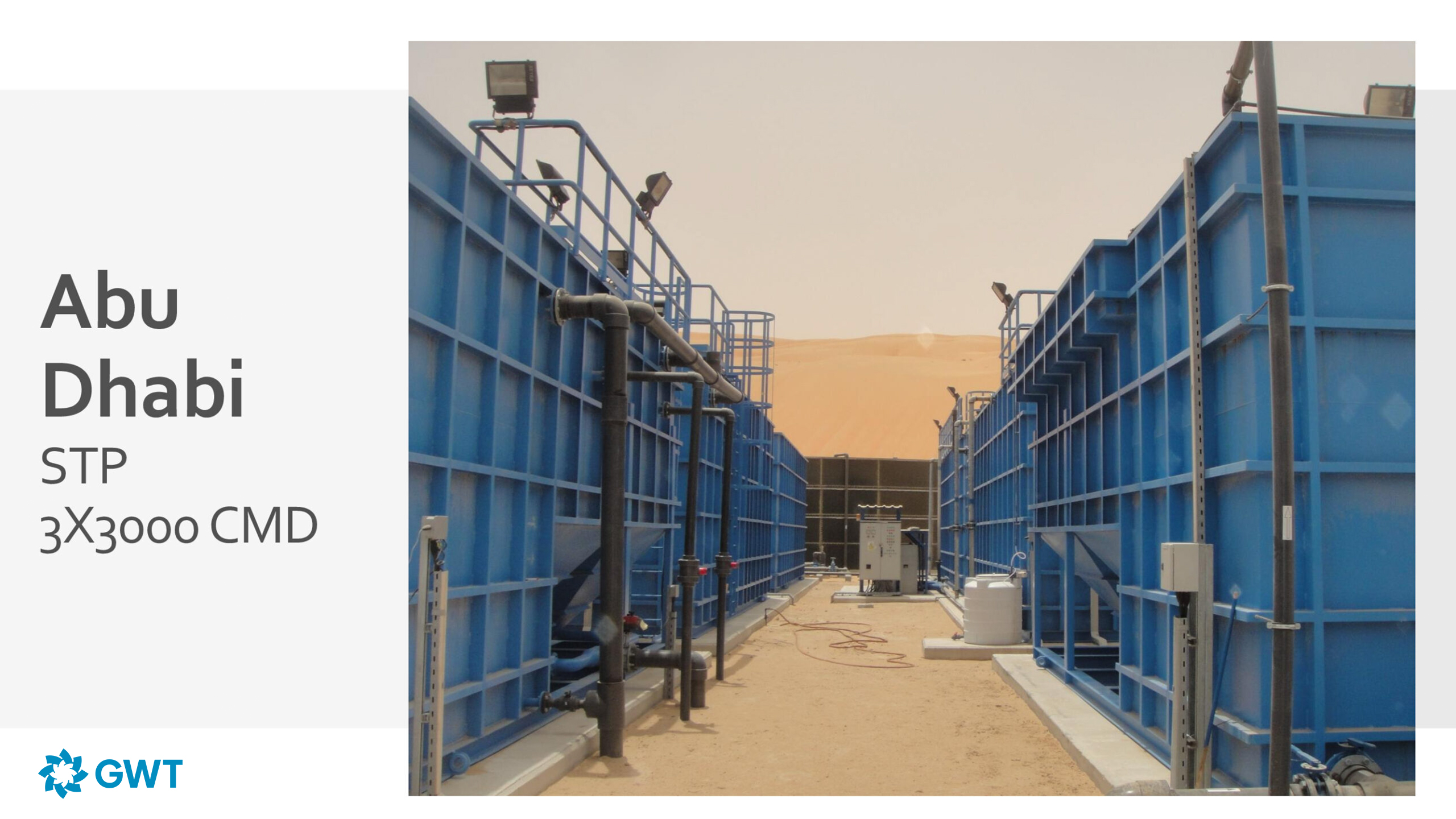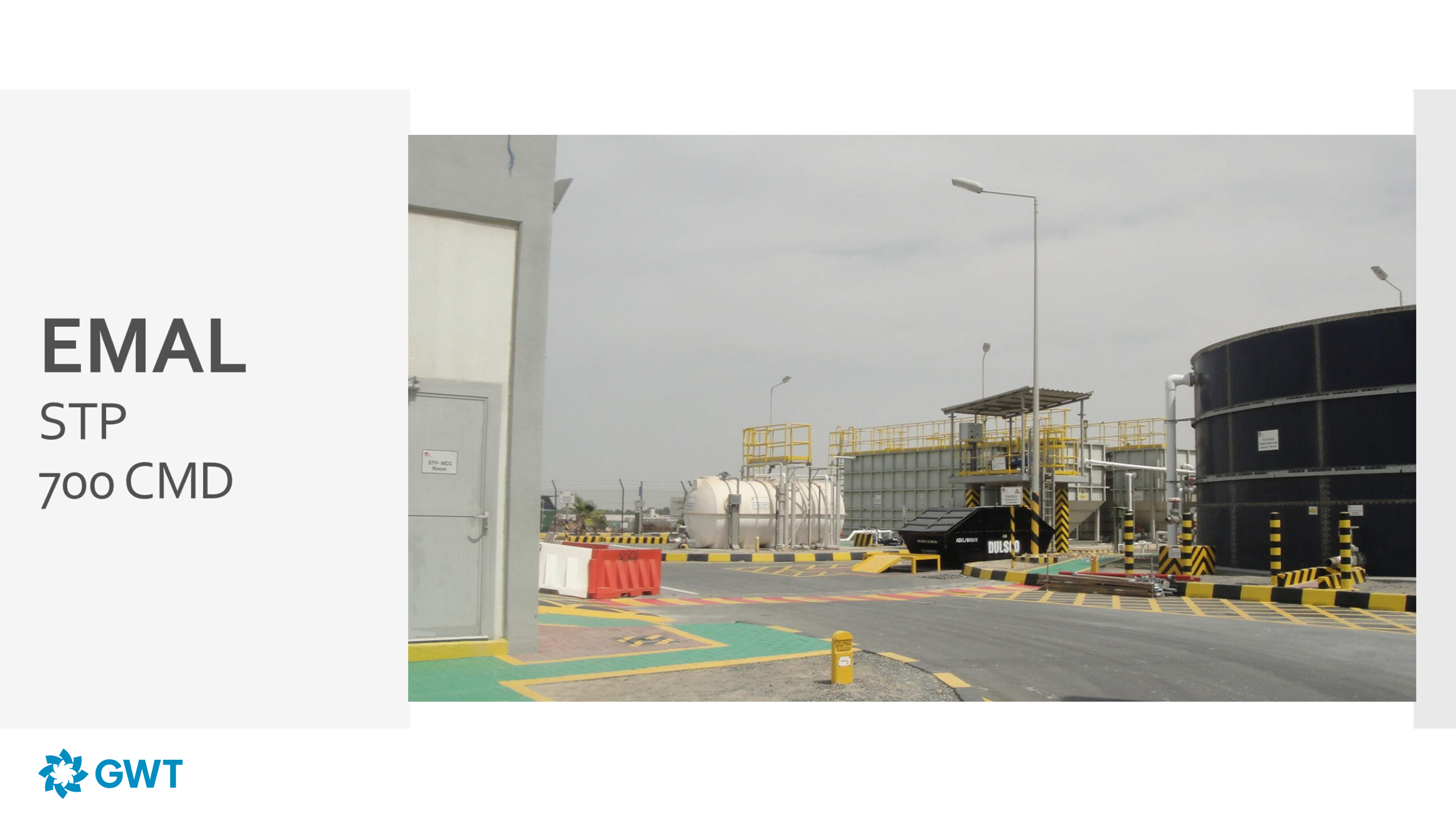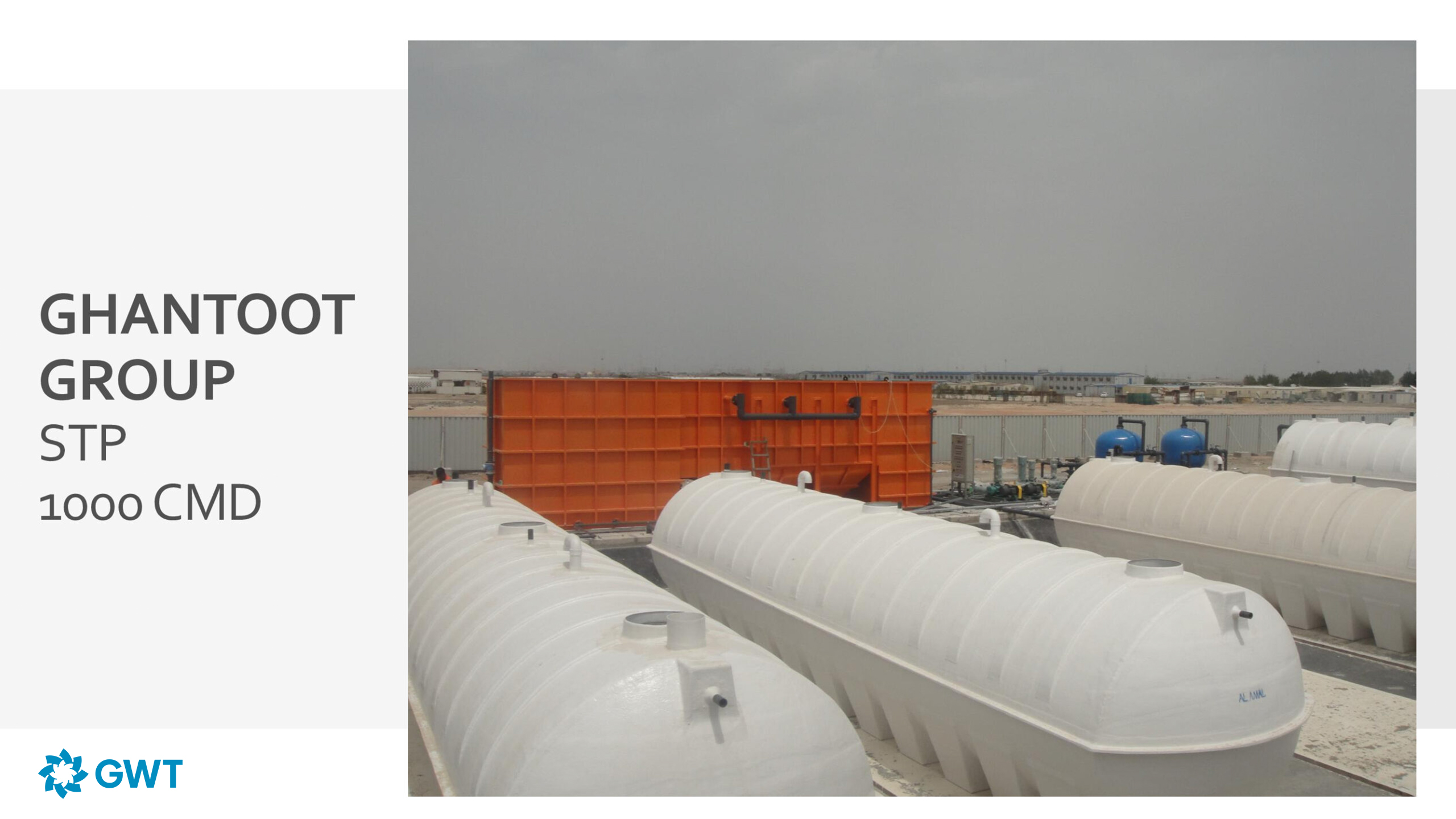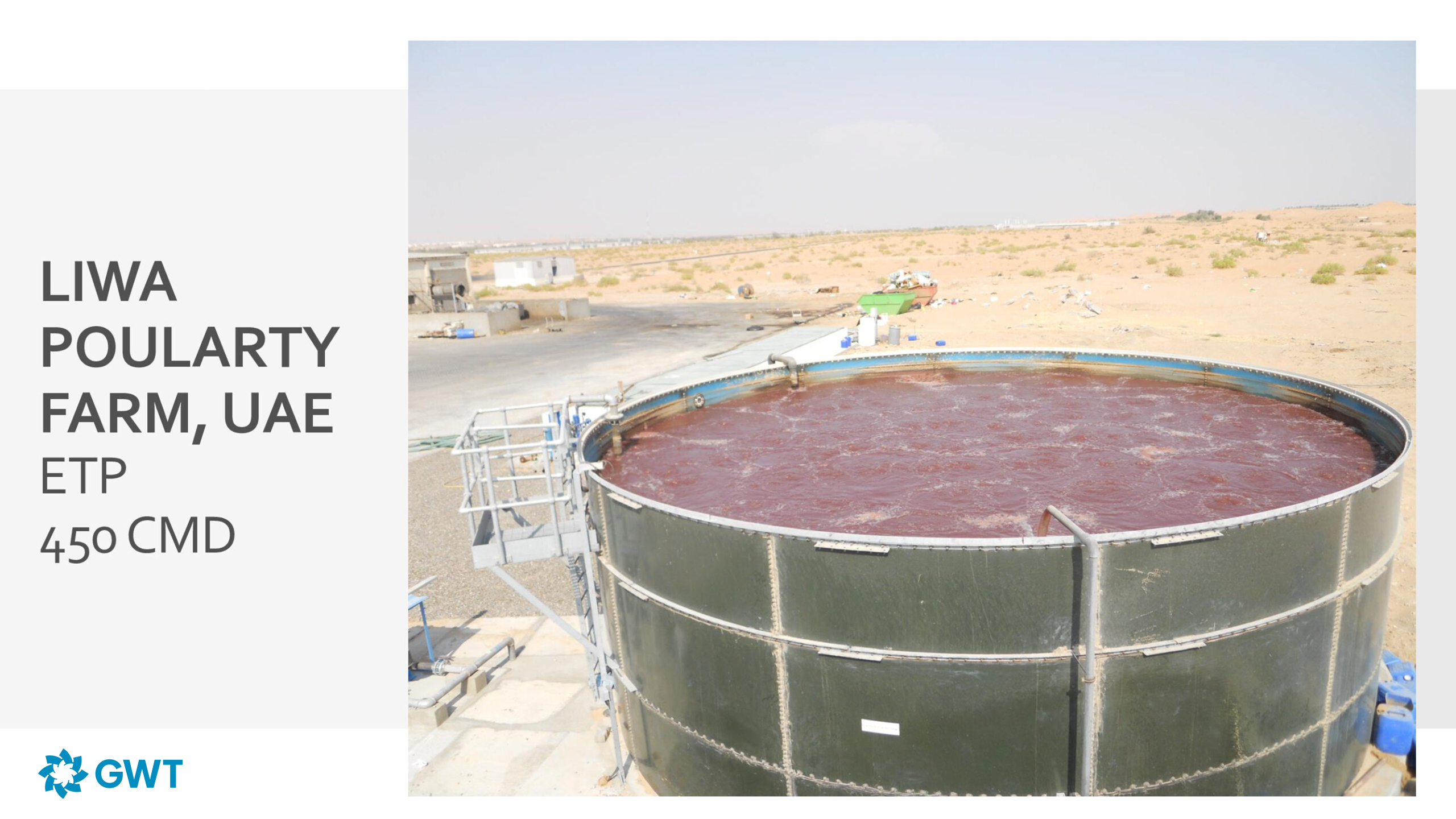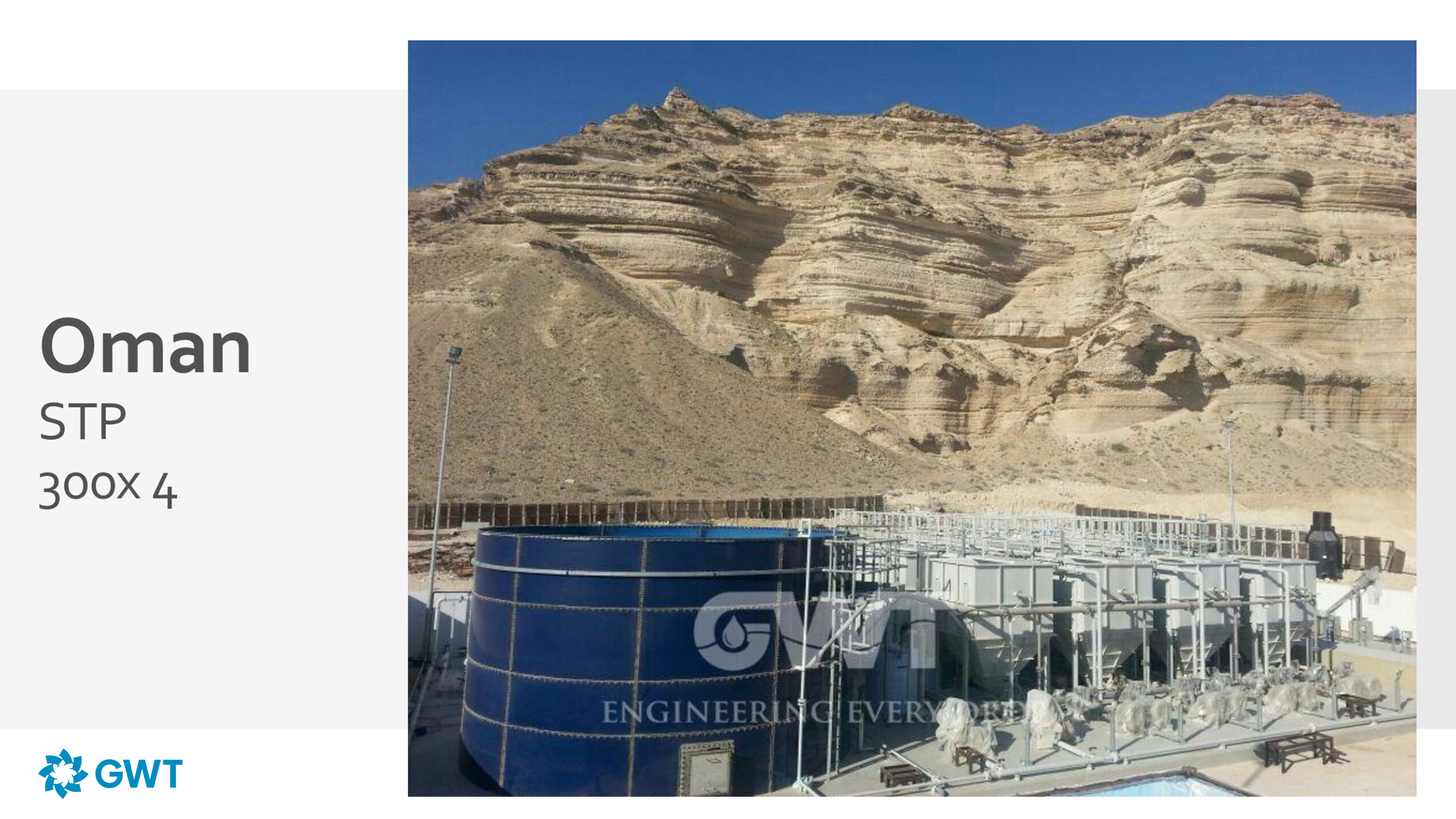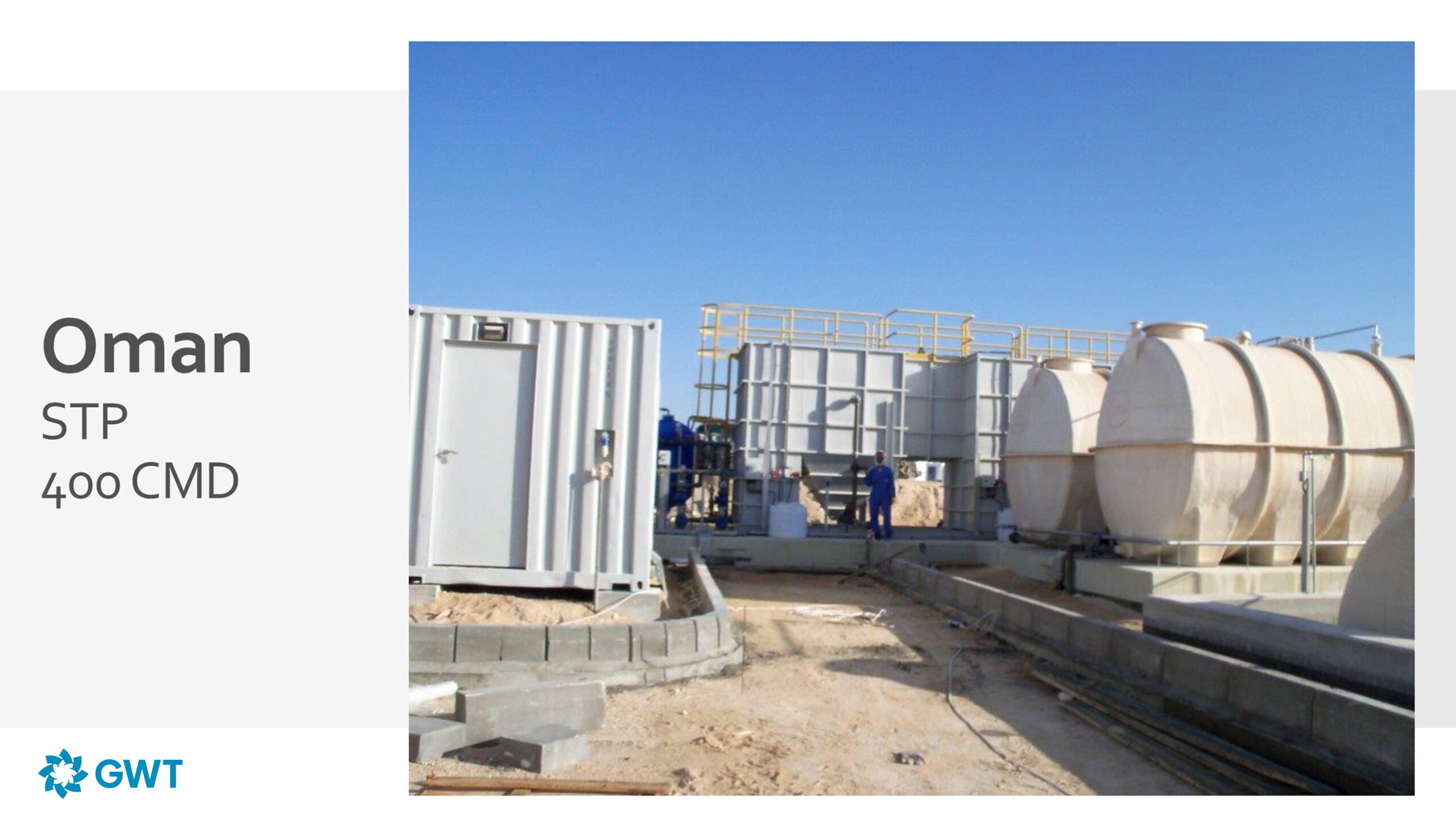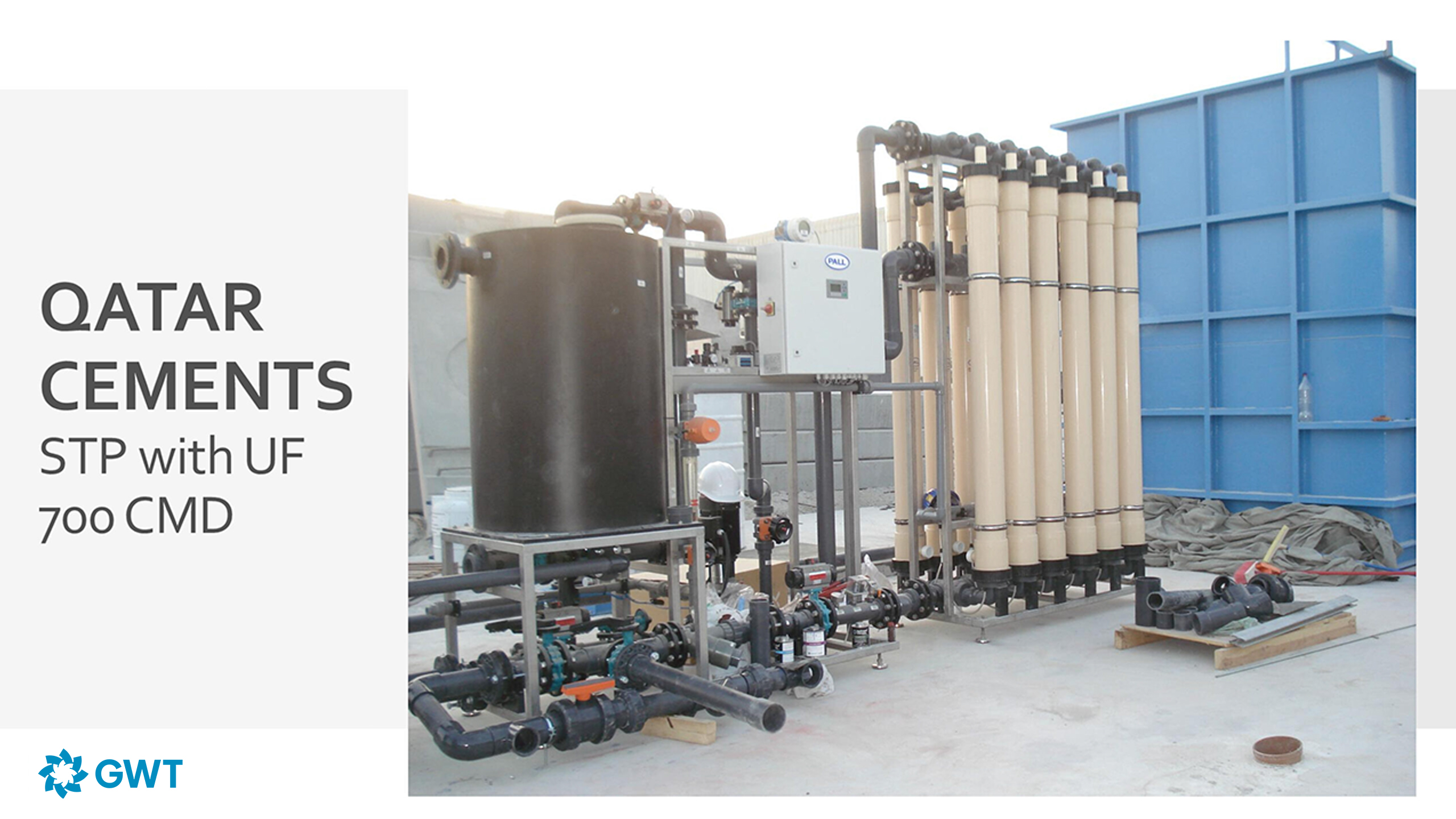Seawater Reverse Osmosis Systems SWRO
Seawater Reverse Osmosis (SWRO) is a special process that turns salty seawater into clean water. This is important because many places need fresh water, and seawater has a lot of salt and other impurities that make it unsafe to drink. However, with the help of seawater reverse osmosis desalination solutions, we can take seawater and remove the salt, making it purified for drinking purposes.
The secret behind this process is a technology called reverse osmosis (RO). In SWRO systems, special filters called RO membranes are used to separate the salt and impurities from the water. These membranes allow only clean water molecules to pass through, which helps create high-quality freshwater output that meets stringent drinking water standards.
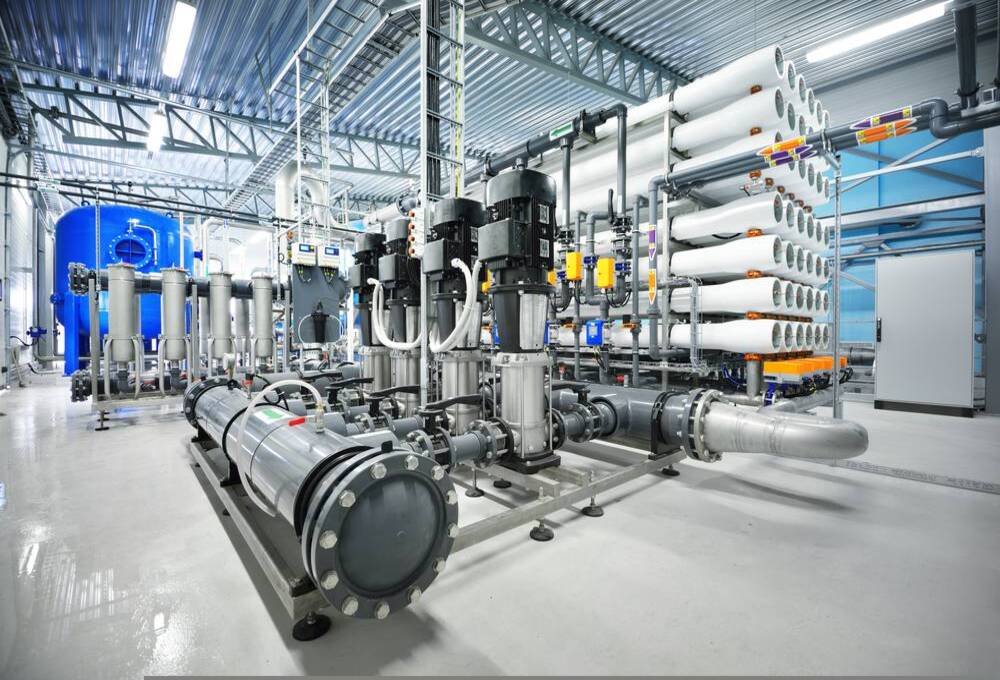
Our Seawater Reverse Osmosis Process
The seawater reverse osmosis water treatment systems work in a few simple steps:
- Intake: Seawater is taken from the ocean through an intake pipe.
- Filtration: The seawater first goes through filters that remove large particles and dirt.
- Reverse Osmosis: The water is then pushed through RO membranes. These membranes only let water molecules pass through, leaving the salt and other impurities behind.
- Disinfection: Finally, the clean water may go through another step to make sure it’s safe for drinking.
Why Only GWT SWRO Systems
Many important sectors rely on seawater purification systems to ensure they have enough safe water. This makes SWRO systems a reliable approach to address freshwater scarcity.
Our SWRO desalination systems can process up to 2 million gallons per day (GPD) of Seawater, which has a Total Dissolved Solids (TDS) level of 45,000 mg/L. This means our systems can provide a lot of fresh water for people and industries.
Advantages of Our SWRO Desalination Systems
The major advantage of seawater desalination and water treatment systems is that they provide safer drinking water in places where there are no other freshwater sources. This is especially important for ships, marine vessels, and offshore installations.
Some important benefits of advanced sea water reverse osmosis systems (SWRO):
- Superior quality components and craftsmanship: Built with the best materials for long-lasting performance.
- Robust and ergonomic design: Easy to use and handle, even in tough conditions.
- Flexible operation:
- Ease of operation: Simple controls that make it easy for anyone to operate.
- Ideal for remote locations: Perfect for areas far from fresh water.
- High Water Quality: SWRO systems can remove up to 99% of dissolved salts and impurities from seawater.
- Energy Efficiency: Energy recovery devices help make the process more efficient, which is better for the environment and the wallet.
- Water Independence: SWRO systems help areas with little freshwater become self-sufficient.
- Diverse Applications: The freshwater produced can be used for drinking, agriculture, and industries.
- Environmental Benefits: SWRO plant require less large-scale construction, which helps protect natural ecosystems.
- Economic Viability: As technology improves, SWRO systems are becoming more cost-effective.

SWRO Skid Mounted & Containerized Solutions

Containerized seawater reverse osmosis (SWRO) water treatment systems in UAE offer a compact and efficient solution for converting seawater into safe drinking water. These pre-designed, plug-and-play units are shipped in standard shipping containers, making them easy to transport and set up in various locations.
Within days of delivery, trained staff can operate these systems to produce high-quality potable water, eliminating the complexities associated with traditional large-scale reverse osmosis plants.
- Fully assembled in 20-ft or 40-ft containers (10-ft option available).
- Portable and quick to install.
- Interconnecting piping for seamless operation.
- Wiring connected to a main control cabinet.
- Includes operation and maintenance manuals.
- 3D/2D CAD drawings for reference.
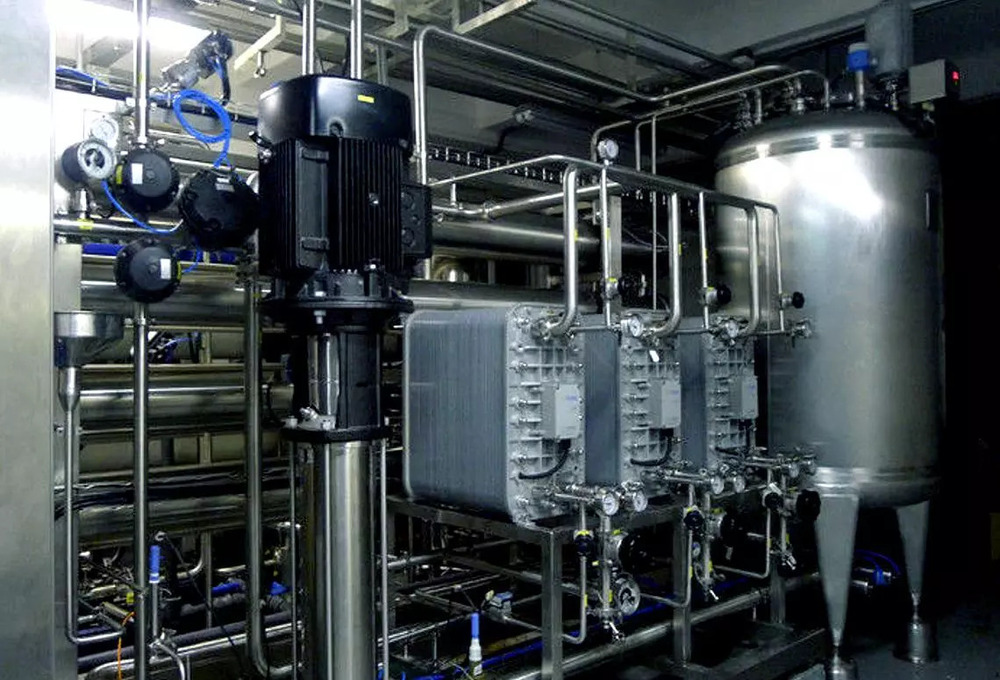
Understanding TDS (Total Dissolved Solids)

TDS stands for Total Dissolved Solids. It measures all the tiny bits of salt, minerals, and other substances in water. TDS is usually measured in milligrams per liter (mg/L). Now we can discuss it further.
- Freshwater: TDS is less than 1,000 mg/L.
- Brackish Water: TDS ranges from 1,000 to 15,000 mg/L. (This means it has more salt than freshwater but less than seawater).
- Seawater: TDS is around 35,000 mg/L.
Knowing about TDS helps us understand how salty the water is. High TDS levels mean that seawater needs to go through a good reverse osmosis system to be purified.
Industry-Wide Water Treatment Solutions
Water treatment solutions, like reverse osmosis and filtration, purify water for various industries by removing contaminants, ensuring safety and environmental protection. SWRO systems convert seawater into drinkable water, supporting municipalities, industries, and remote areas. Contact Gulf Water Treatment (GWT) for more on seawater treatment solutions.
FAQ
What is seawater reverse osmosis?
Seawater reverse osmosis (SWRO) is a process that uses a seawater RO system to remove salt and impurities from seawater, producing safe drinking water.
Does reverse osmosis remove salt from seawater?
Yes, reverse osmosis for seawater effectively removes salt and other dissolved solids, making it possible to convert seawater into freshwater.
What are the advantages of seawater treatment System?
The seawater reverse osmosis system offers many advantages, including a sustainable freshwater source, high water quality, and versatility for applications in agriculture and the beverage industry.
How much freshwater can a seawater RO plant produce?
A seawater RO plant can produce significant amounts of freshwater, with systems designed to generate thousands of gallons per day, making them suitable for various needs in industries and communities.
Our Partners






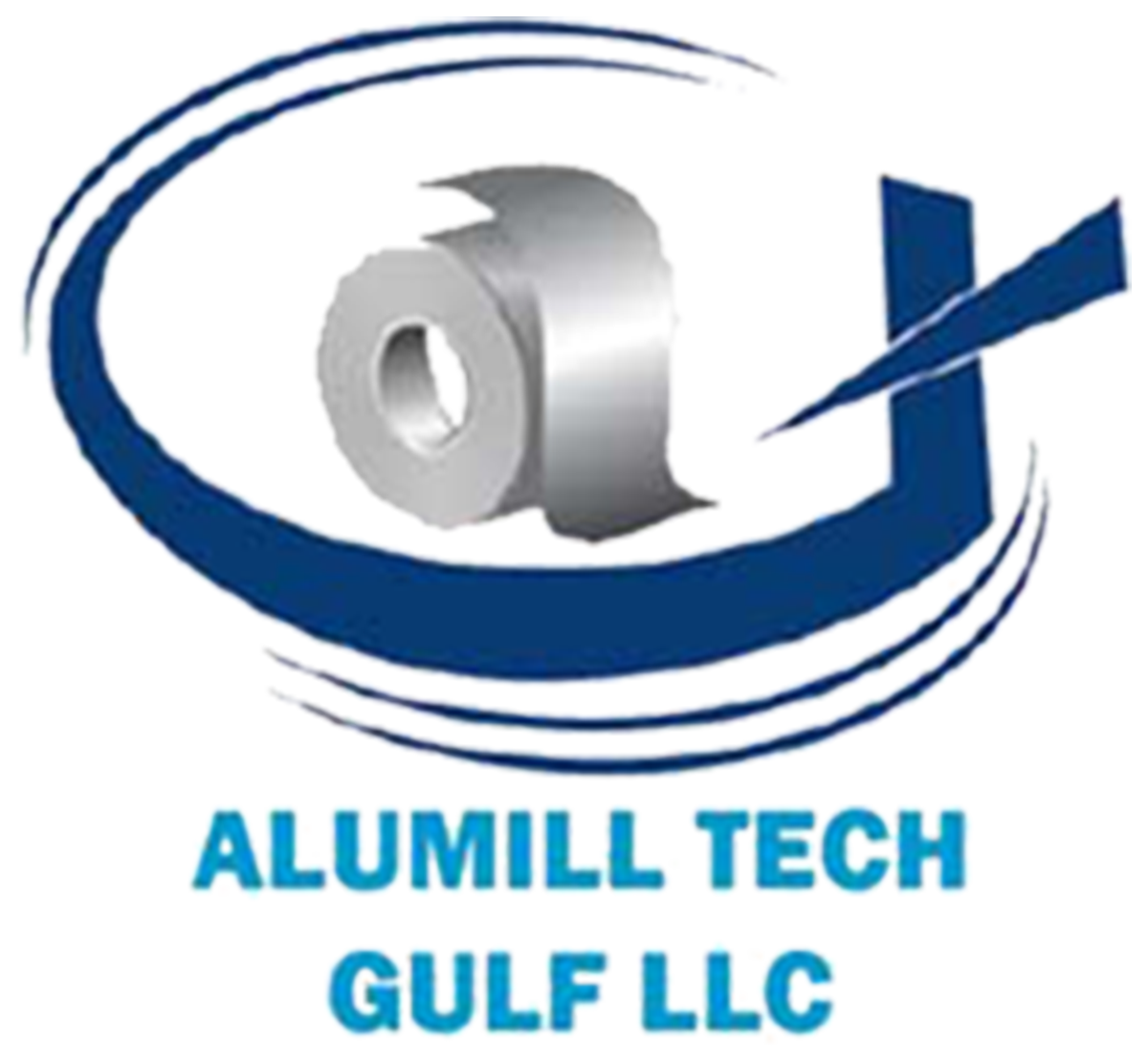


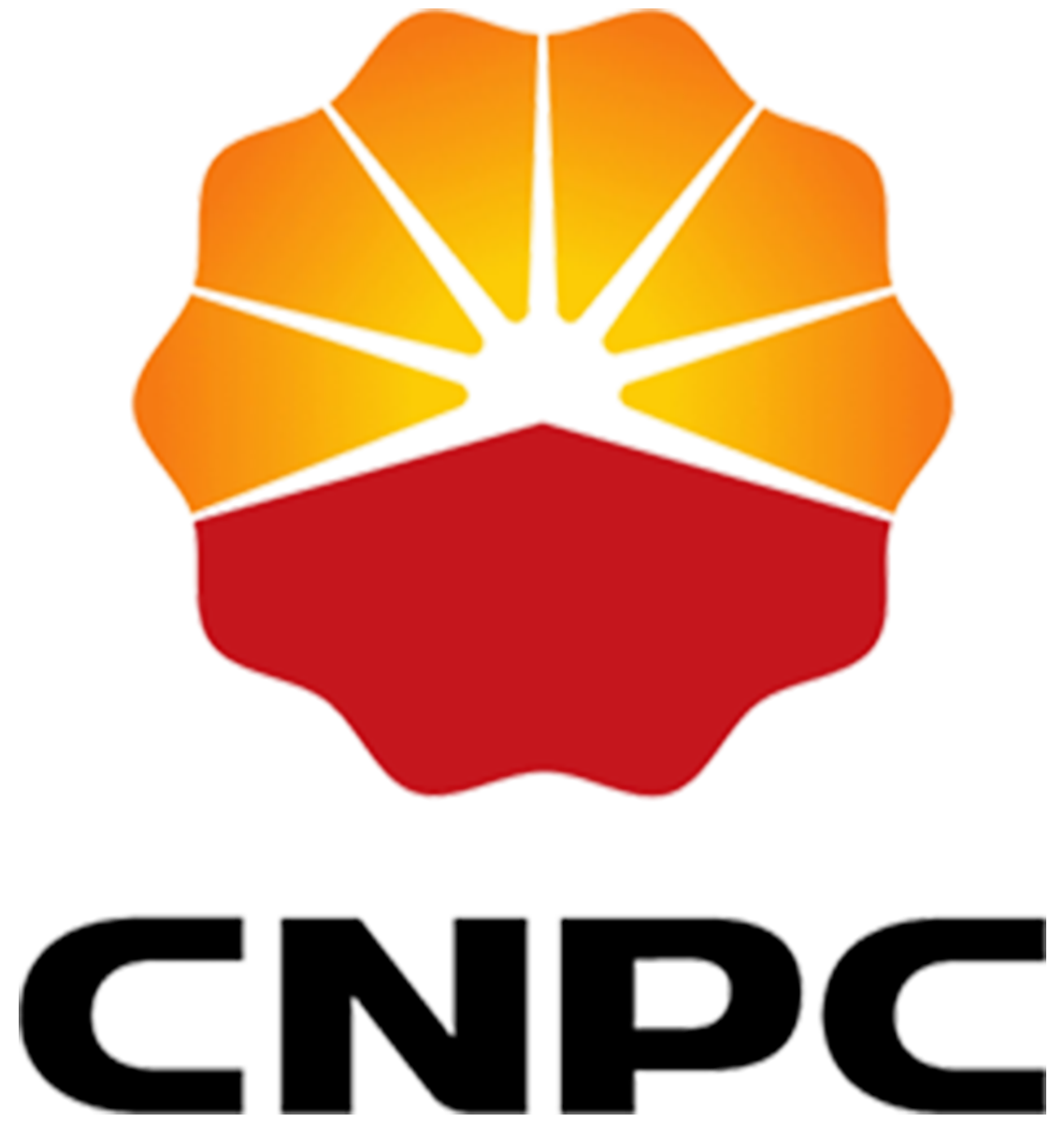

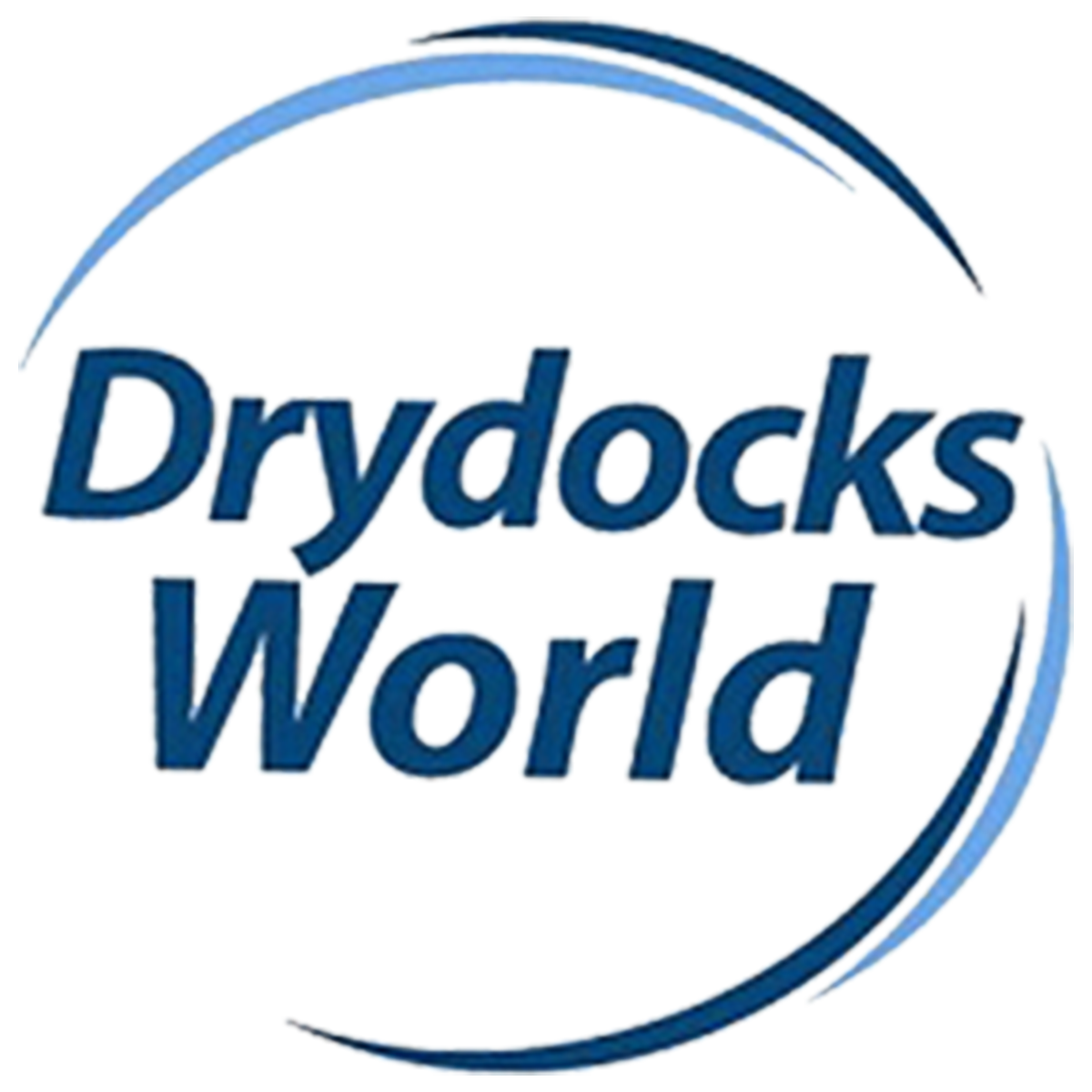







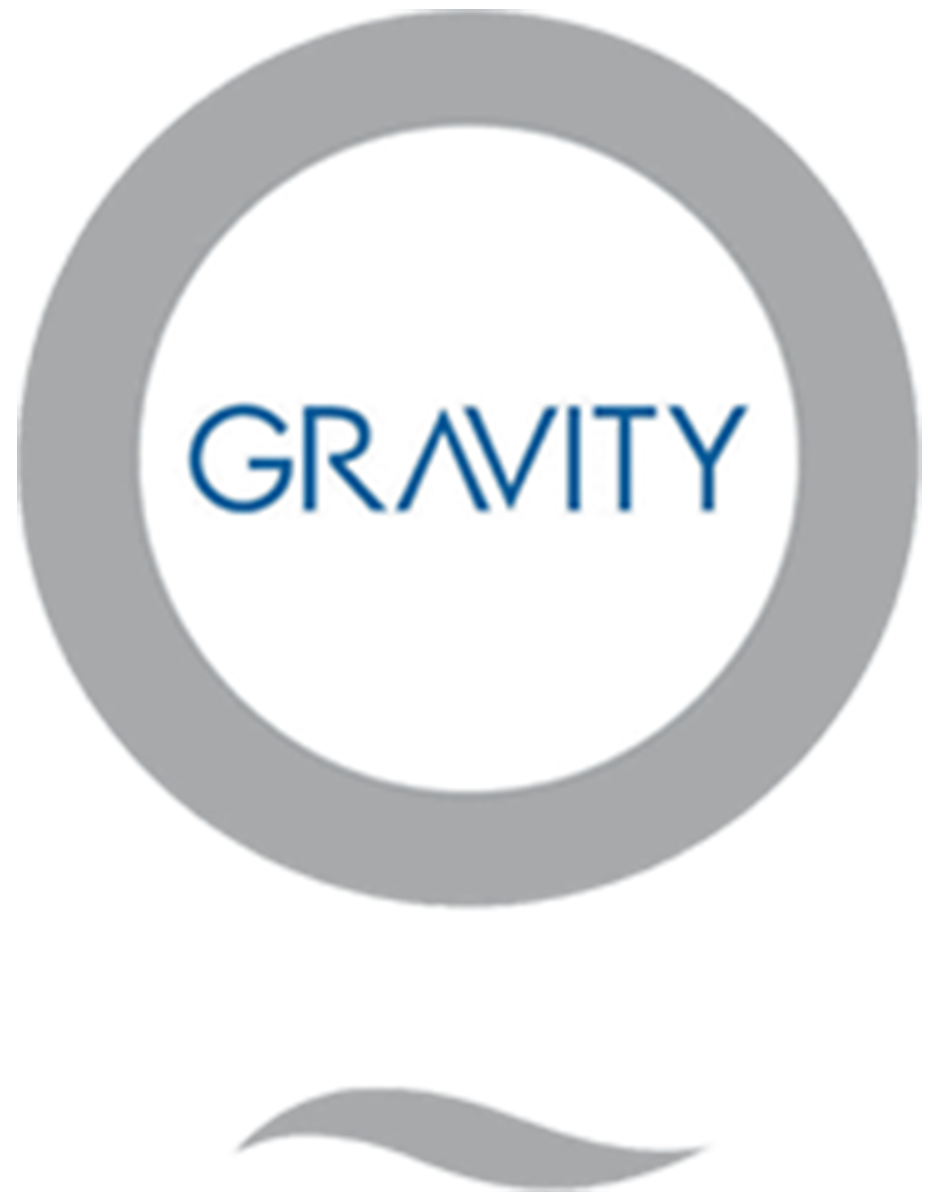




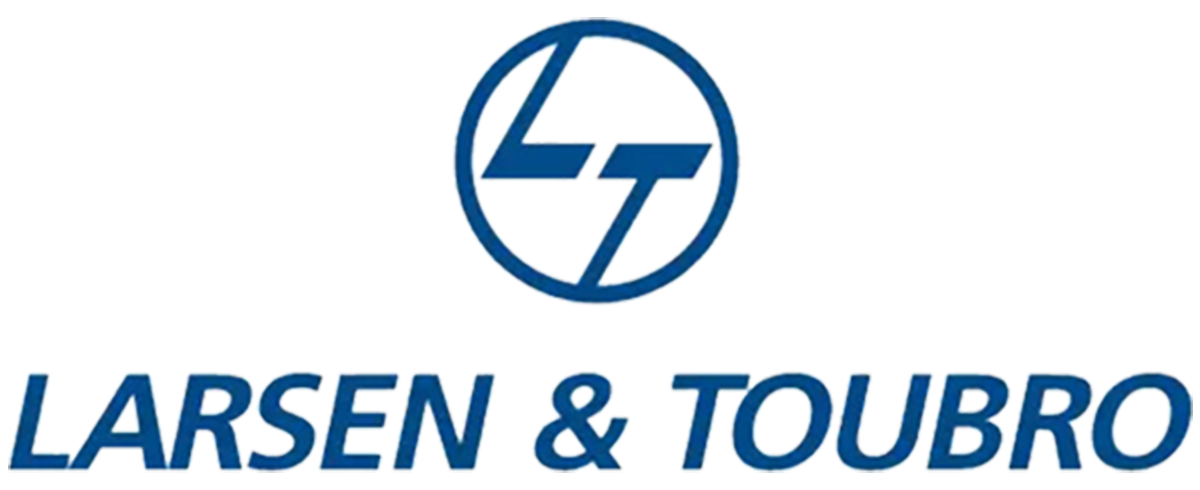

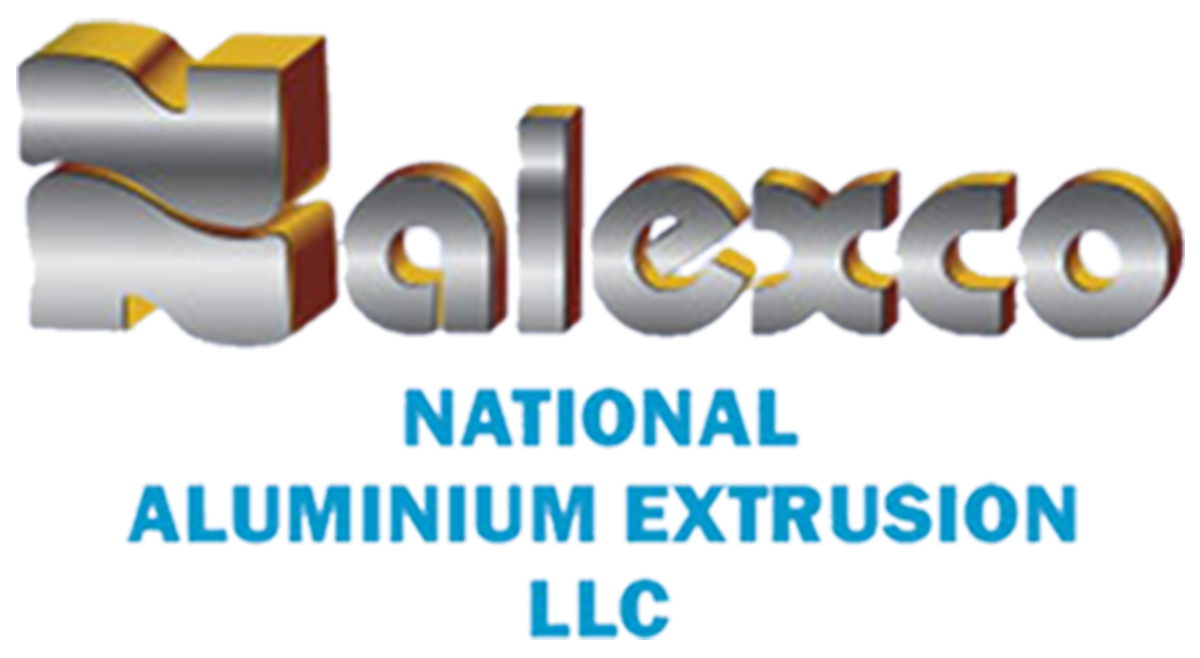


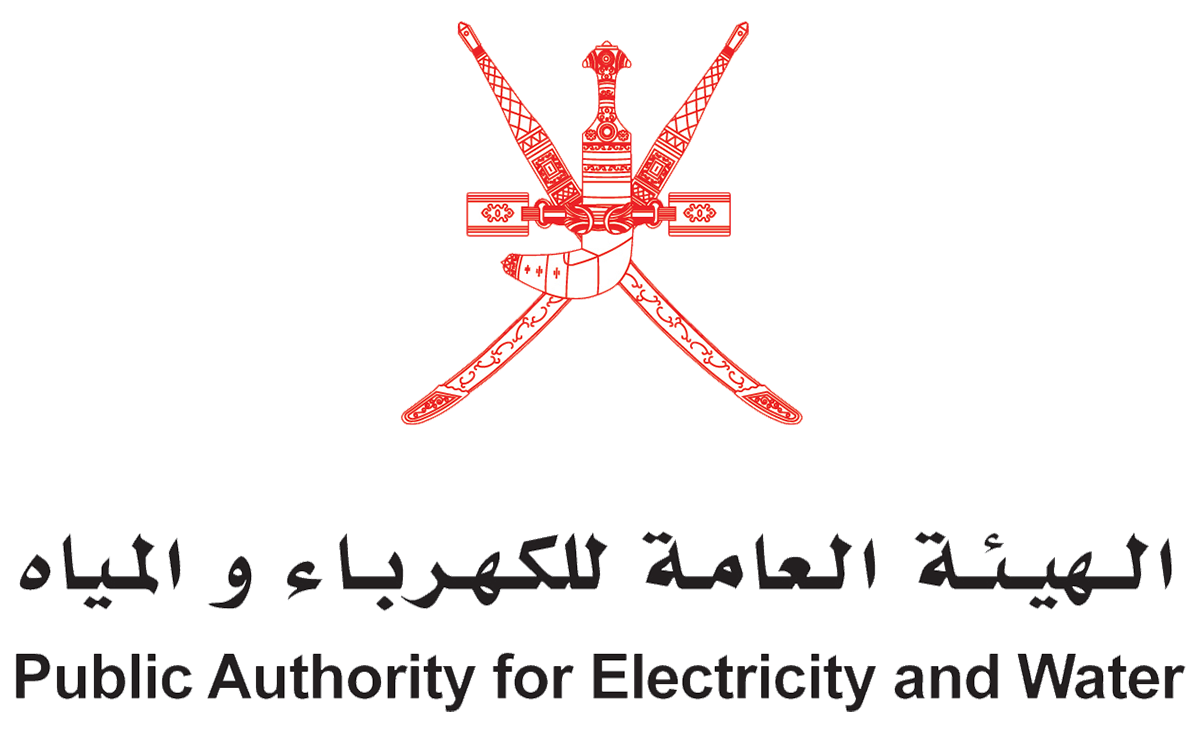

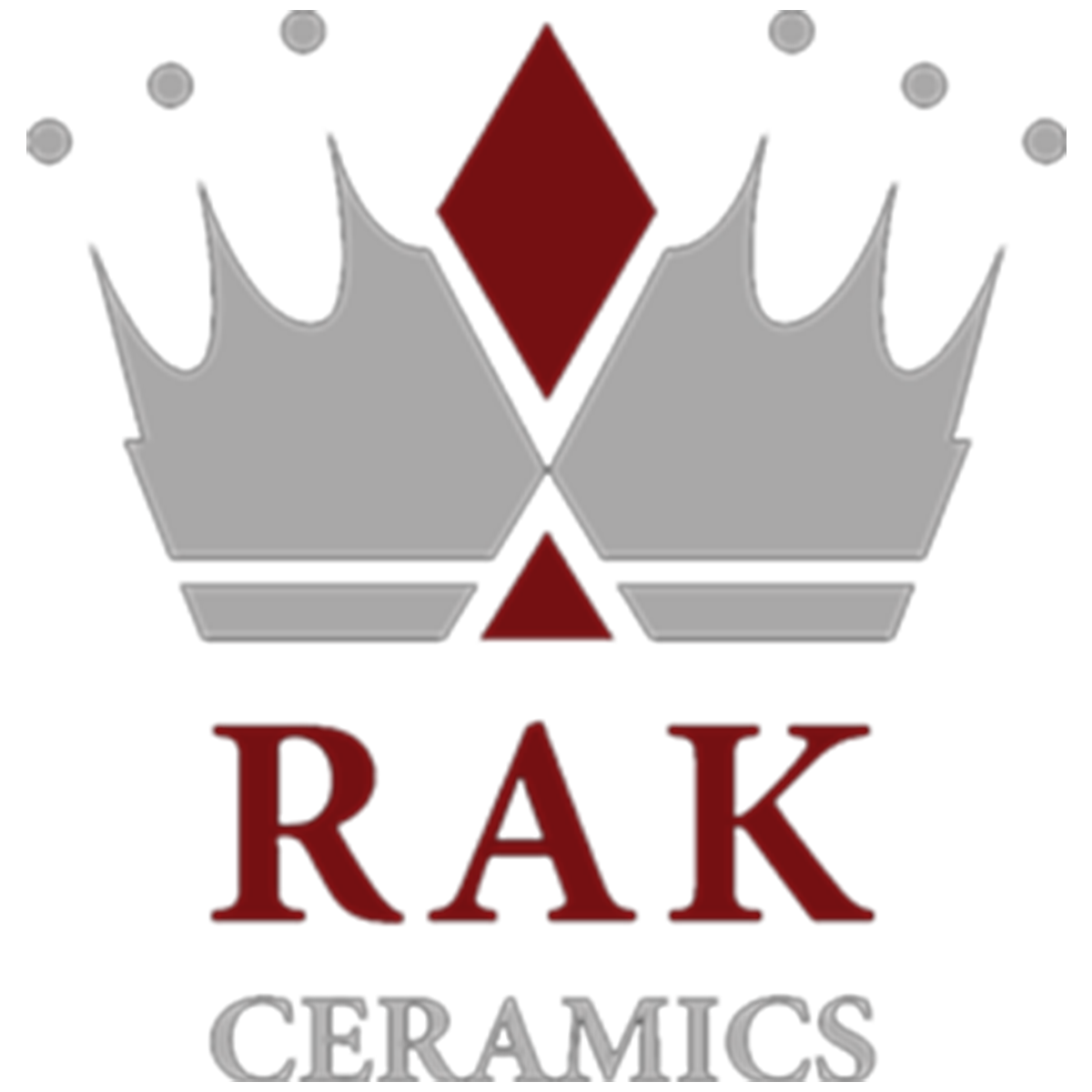


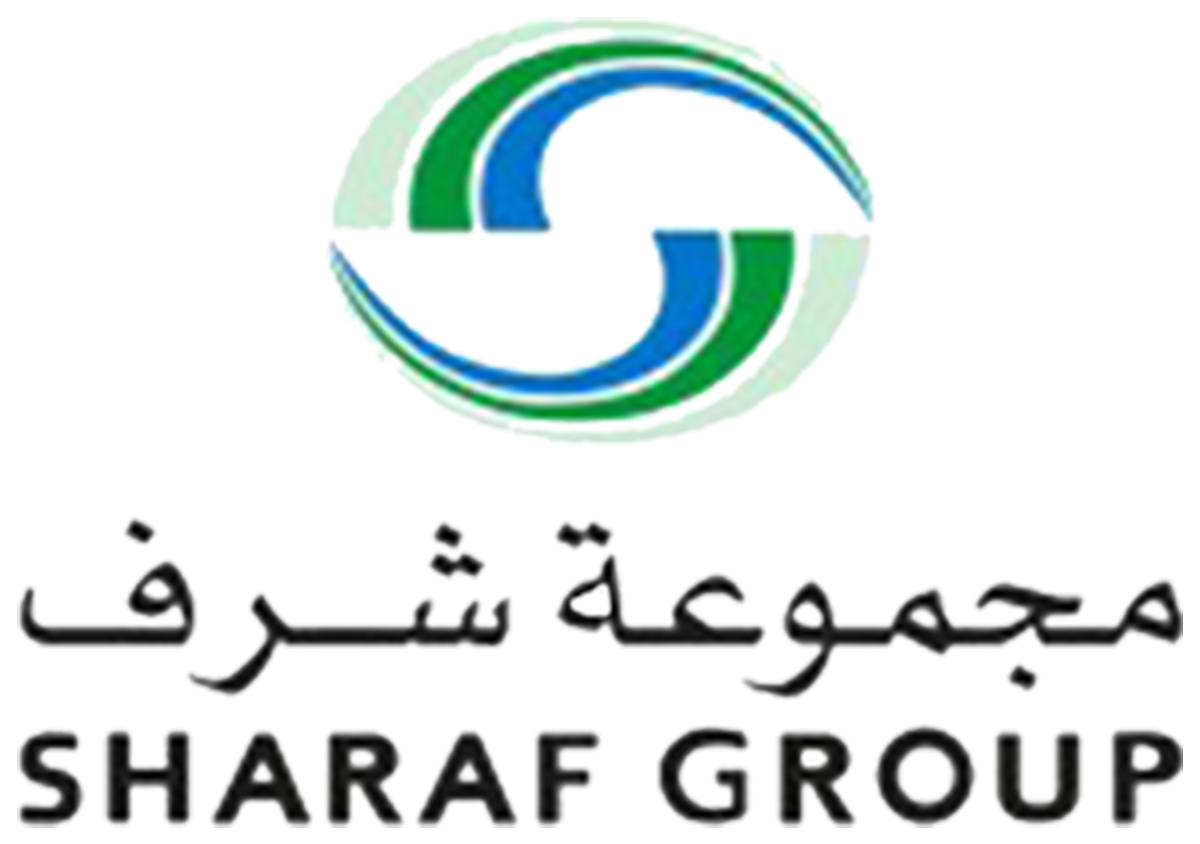




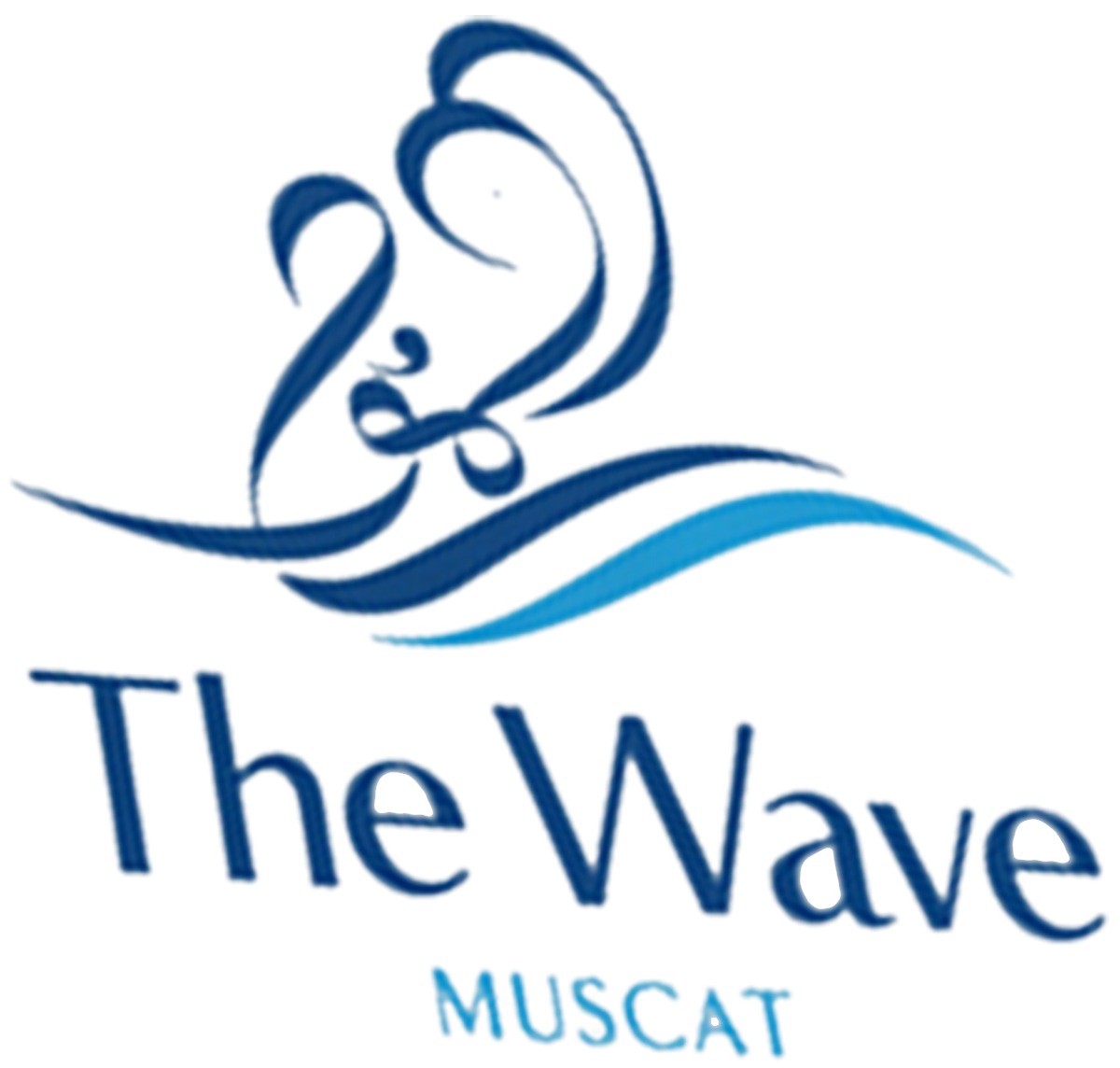
Projects

